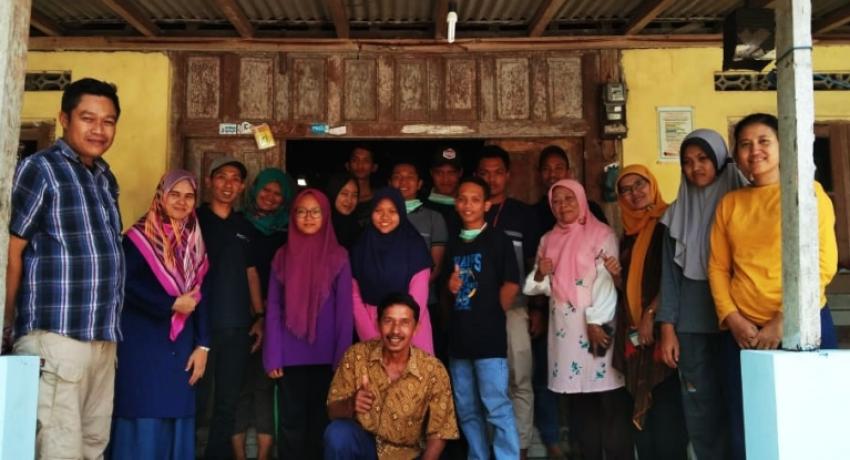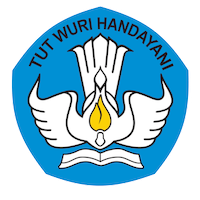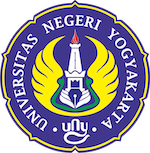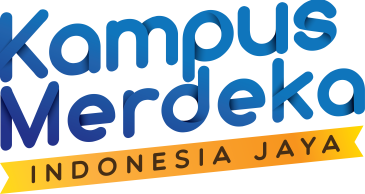In an effort to improve the economic level of citizens it is necessary to care for entrepreneurial management through a variety of productive training. One of them can be done through training activities in making a product that is of use value and can increase income and economic levels of citizens in general.
One product that is of use value and is needed by every human being is a textile product. Making textile can be done by utilizing animal skin waste such as goat skin, sheep skin, and cow leather. One type of animal skin waste that is thrown away or has not been used optimally is Rabbit skin waste. Rabbit skin waste can not be processed into use-value products, because of the limited expertise and technology owned by residents.
Seeing this fact, the Community Service Program team of FMIPA UNY consisting of Dr. Eli Rohaeti, EndangDwiSiswani, M.T., and SusilaKristianingrum, M.Sc., made modifications to the textile material produced based on Rabbit skin waste through the addition of environmentally friendly nanoparticles. Nanoparticles used in the tanning process of rabbits function as antibacterial and antifungal agents. Thus, the manufacture of textile products based on animal skin waste does not require large costs but can produce multifunctional products so that the production costs are relatively inexpensive.
Eli Rohaeti explained, all this time rabbit skin waste is only disposed of without processing so that it becomes organic waste that causes odor when it rots. The waste will enter the waters causing water pollution other than soil pollution.
Through the application of technology and the use of a number of simple chemicals and the addition of fatliquors and natural ingredients such as gambier as a tanner for animal skins, Rabbit skin can be tanned easily in an effort to manage animal skin waste produced. Plant extracts can be used as a tanner for animal skins so that the production process of tannery is more environmentally friendly and costs less.
"We have carried out parenting activities for Youth YouthYouth Mexicana in Calukan Hamlet, Sinduharjo, Sleman, DIY so that they have knowledge and environmental awareness about how to use natural resources, especially rabbit skin waste into textile products and handicraft products with a science, technology, and the community, "he explained.
The team also explained the benefits of processing Rabbit skin waste into functional products and high economic value to the youth so that they have soft skills to utilize waste into valuable products. In the end the youth were motivated to make an environmentally sound business through the manufacture of textile products from Rabbit skin. Material presented about Environmental Pollution and Its Management; material about Processing Rabbit Skin Waste; and material on Modifying Tanned Rabbit Skin into Functional Products with Economic Value.
After the material supply activity is carried out, then there are demonstrations of skin cleansing, tanning, skin loosening, and drying. After the PKM participant youth understood, the practice continued from cleaning, salting, tanning, oiling, to drying. (witono;Tj.Lak)





